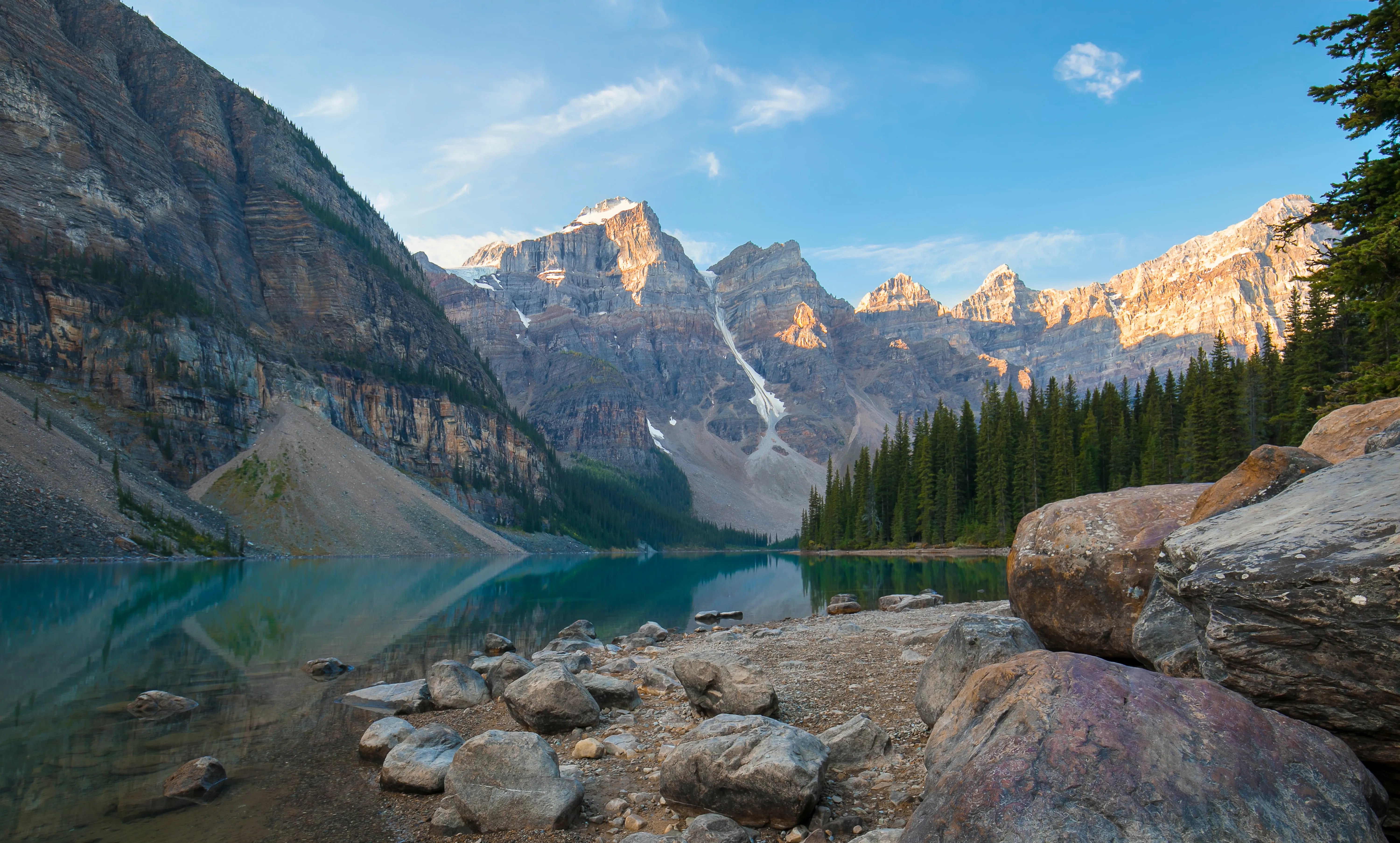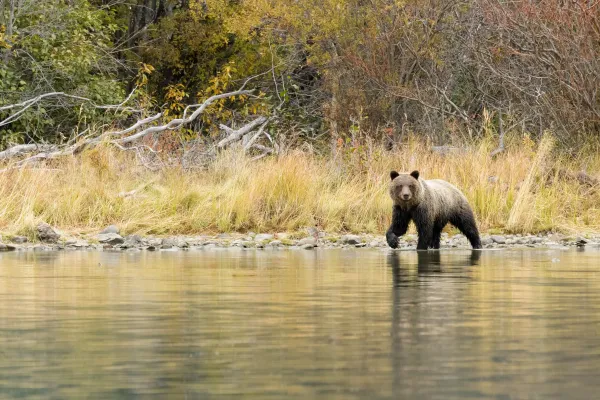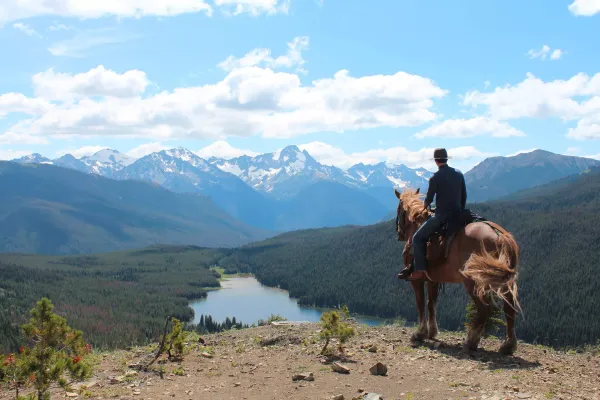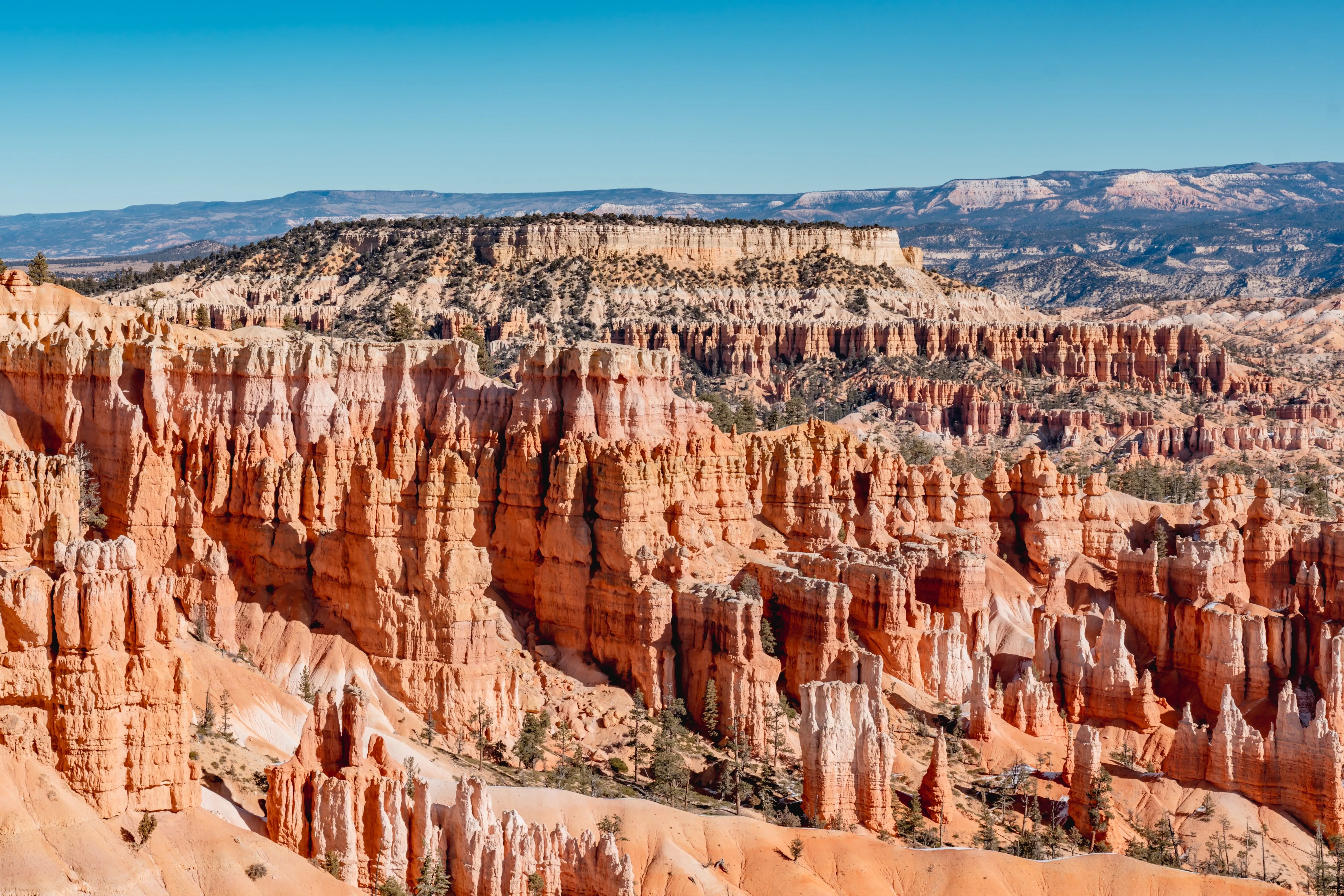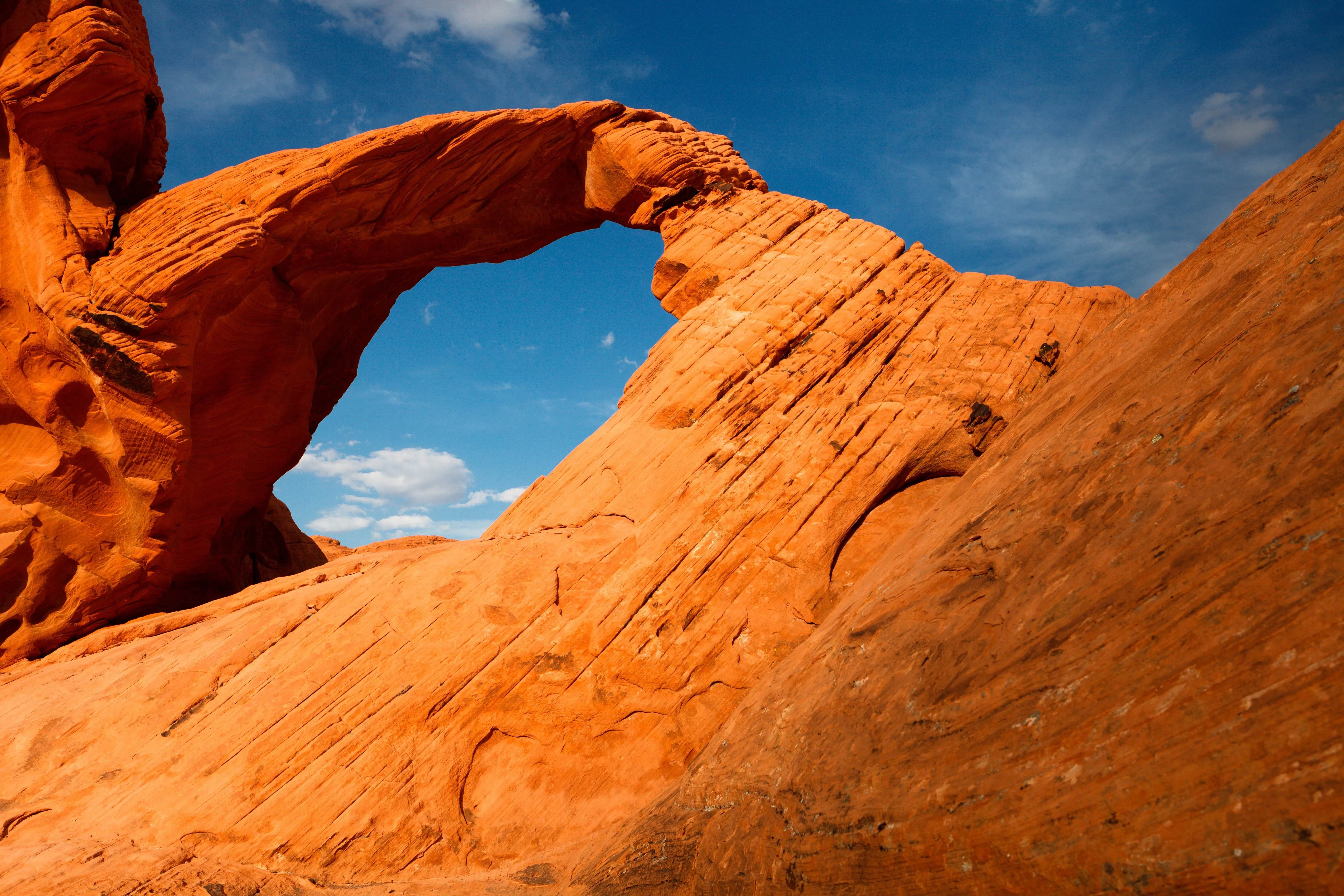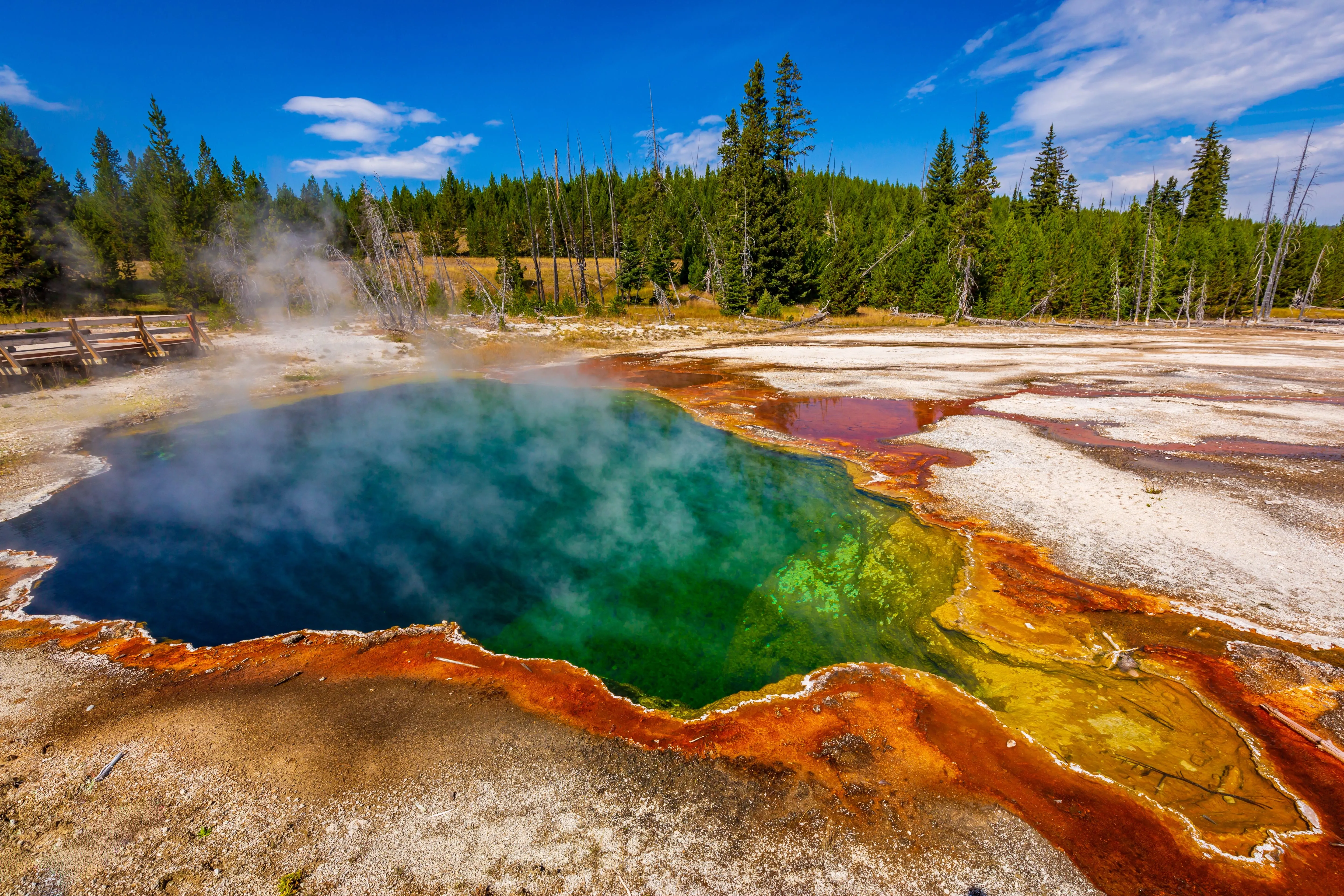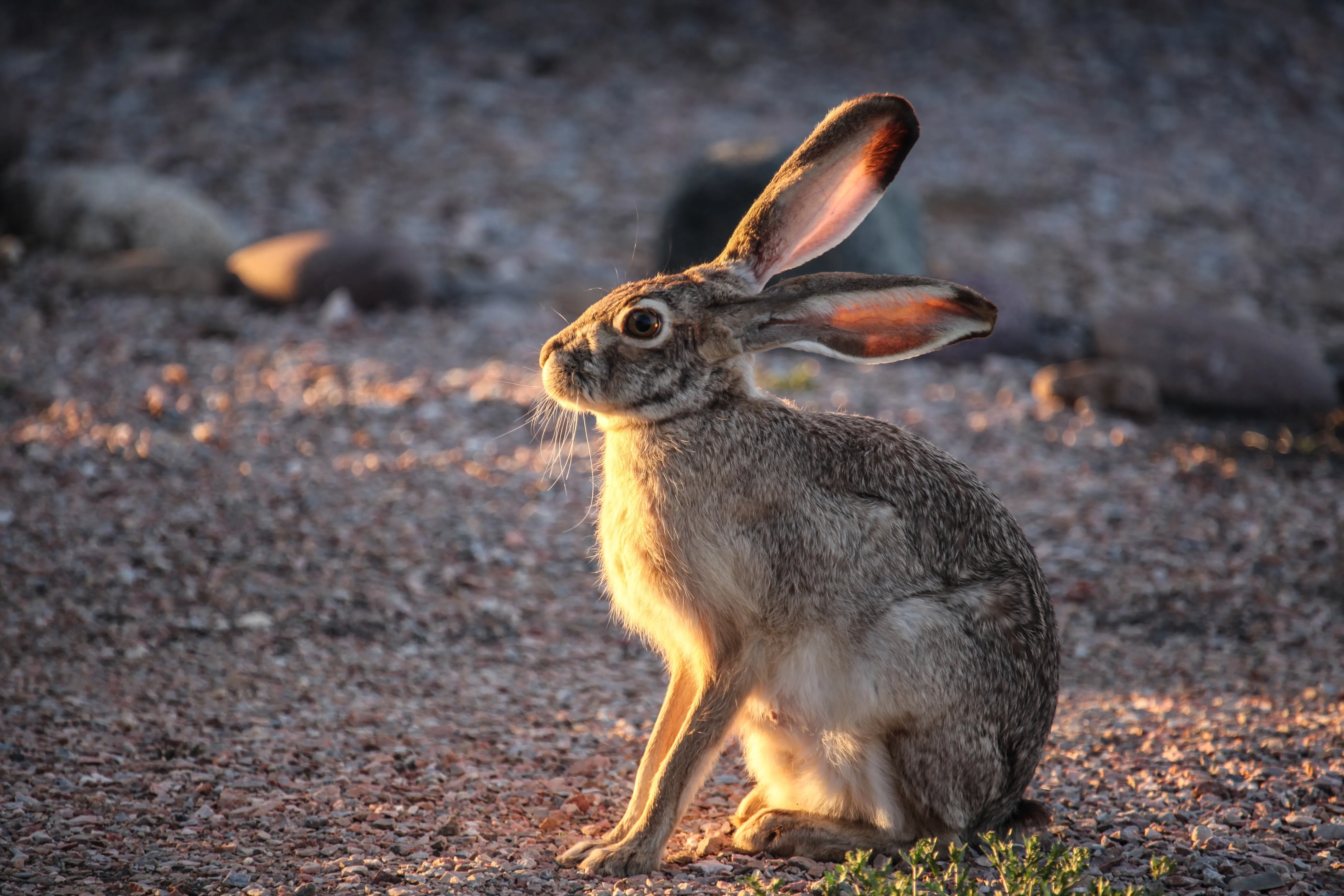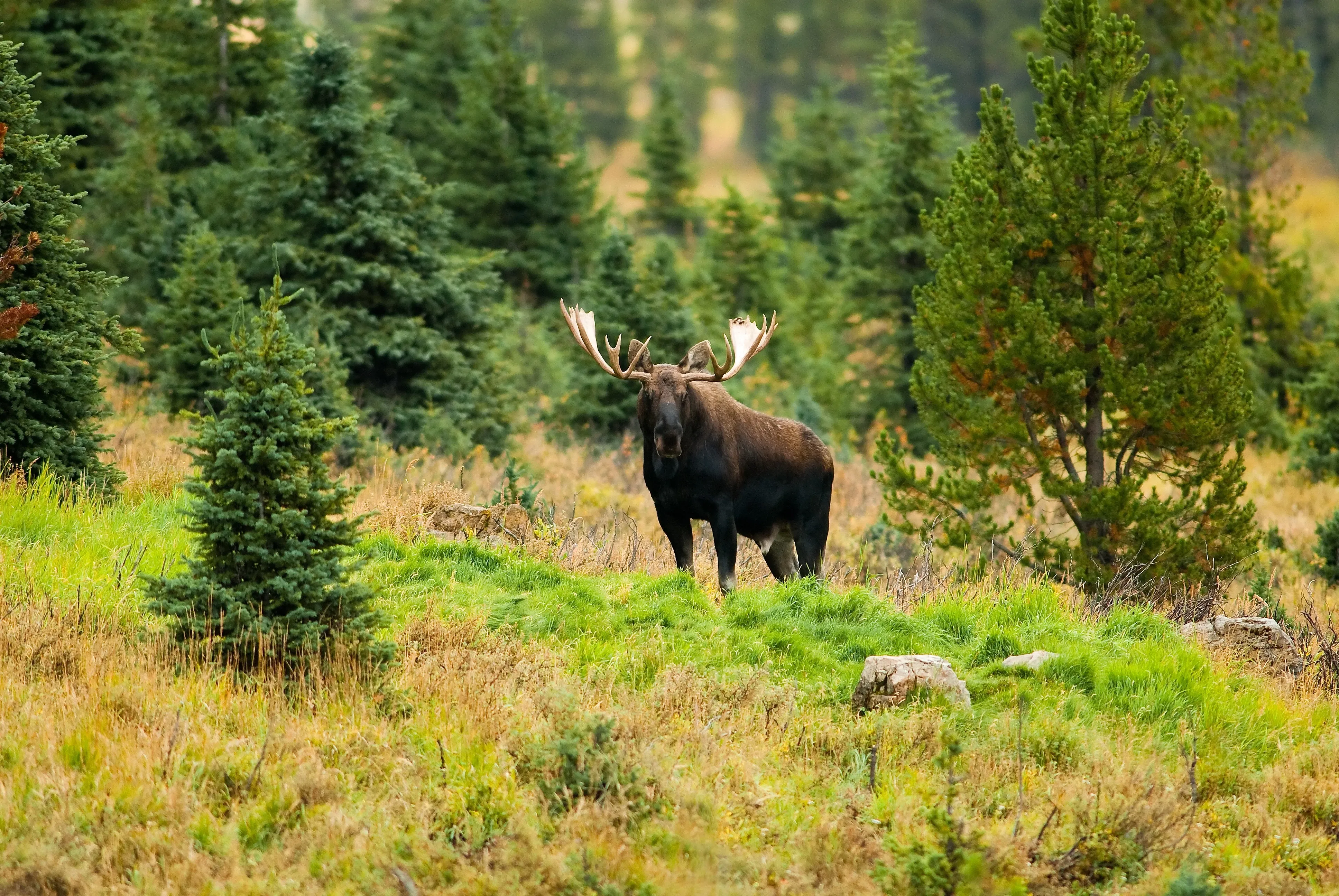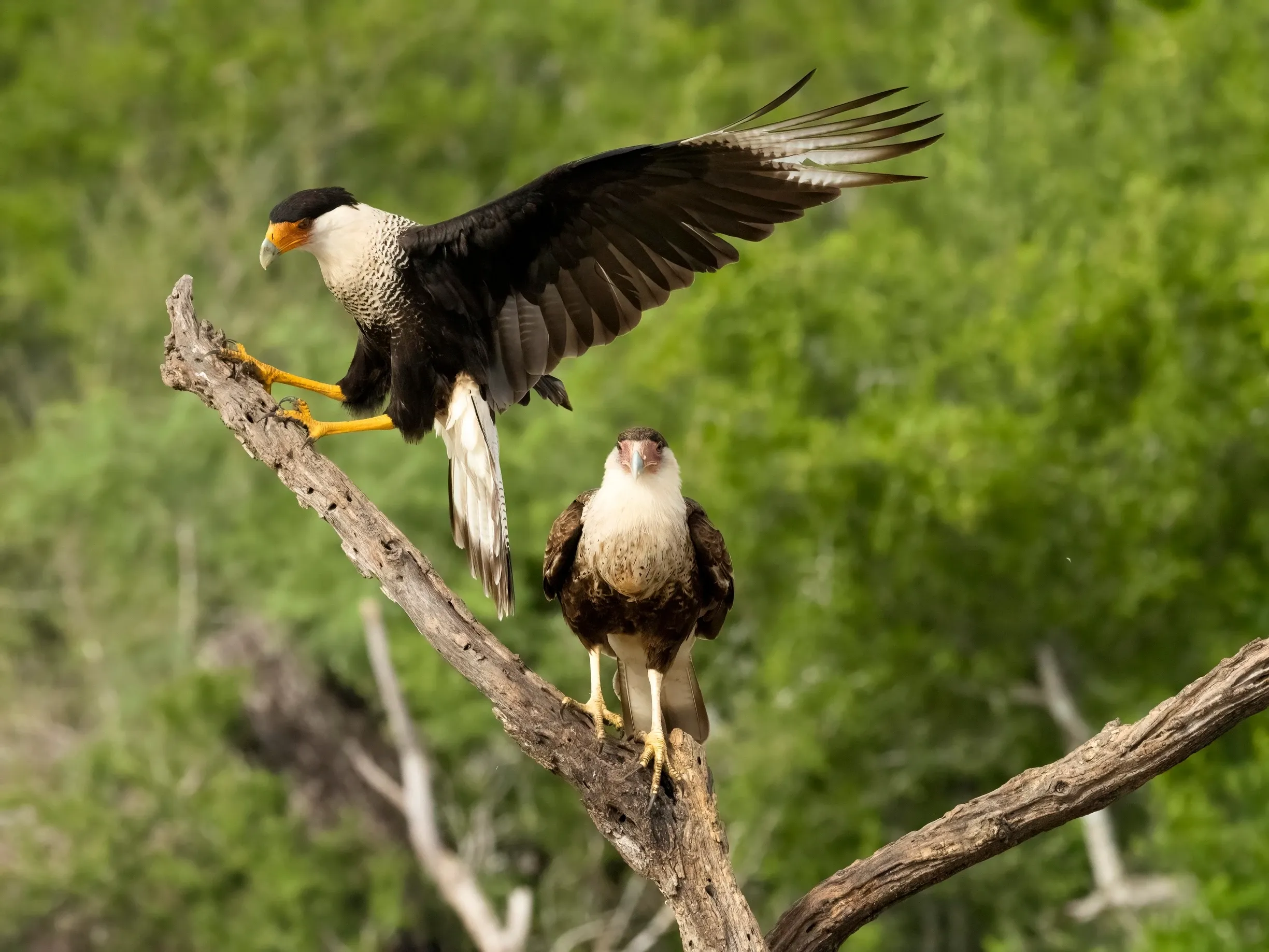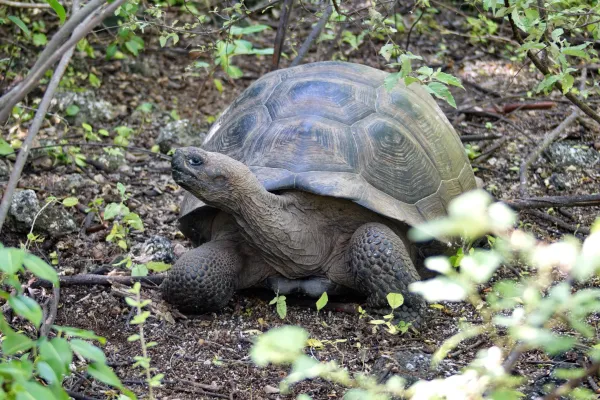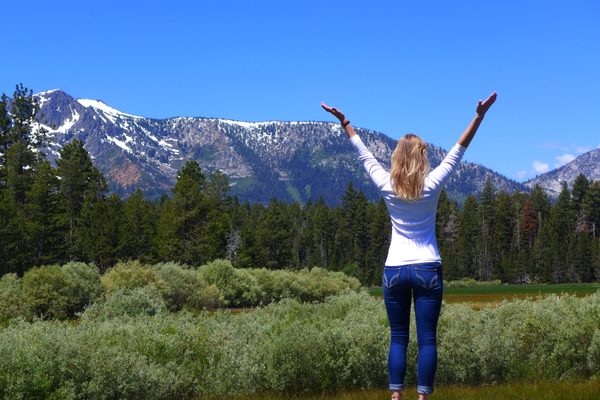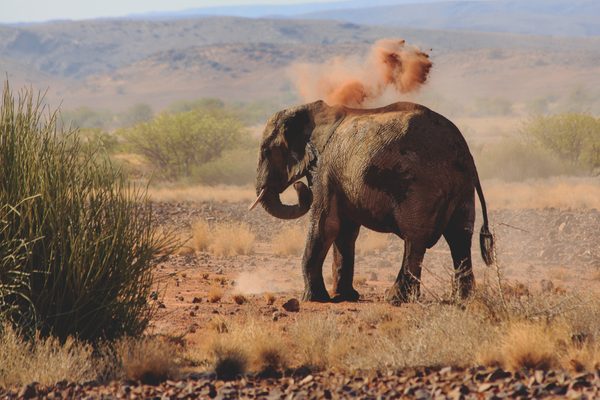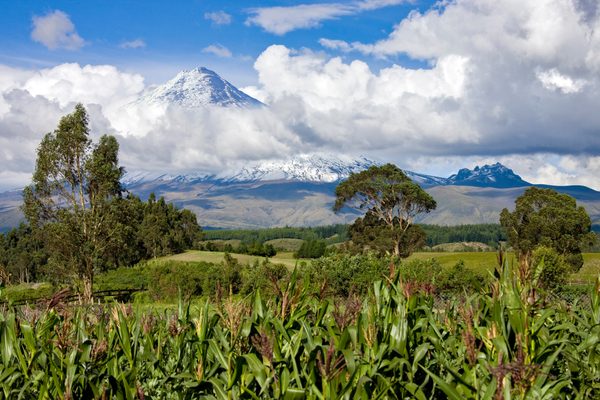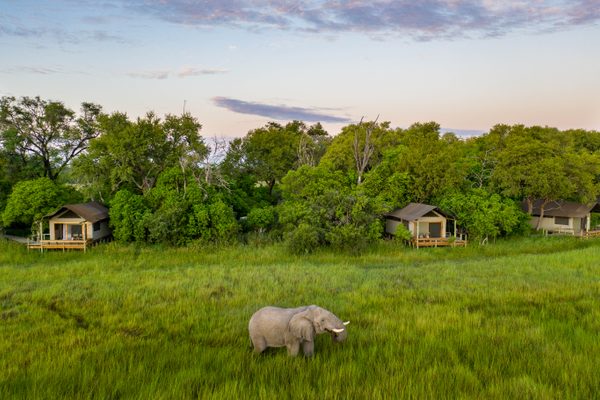Nature travel in North America
For many, North America embodies the ideal of boundless freedom paired with pure nature. Alaska's rugged expanses with its lakes and glaciers, the deep forests of Canada, spectacular natural wonders like the Grand Canyon and Bryce Canyon in the USA, and a fascinating wildlife including bears, wolves, and whales – North America impresses with a variety of genuine natural treasures.
Although often considered a standalone continent, Mexico, Central America, and some Caribbean islands are also part of the North American continent, alongside the USA, Canada, and Greenland. Here too, nature lovers and outdoor enthusiasts will find plenty to enjoy. From a North American round trip to an adventure trip to the Rocky Mountains, the Greenlandic Arctic, or Baja California, the possibilities to experience North America's nature are diverse.
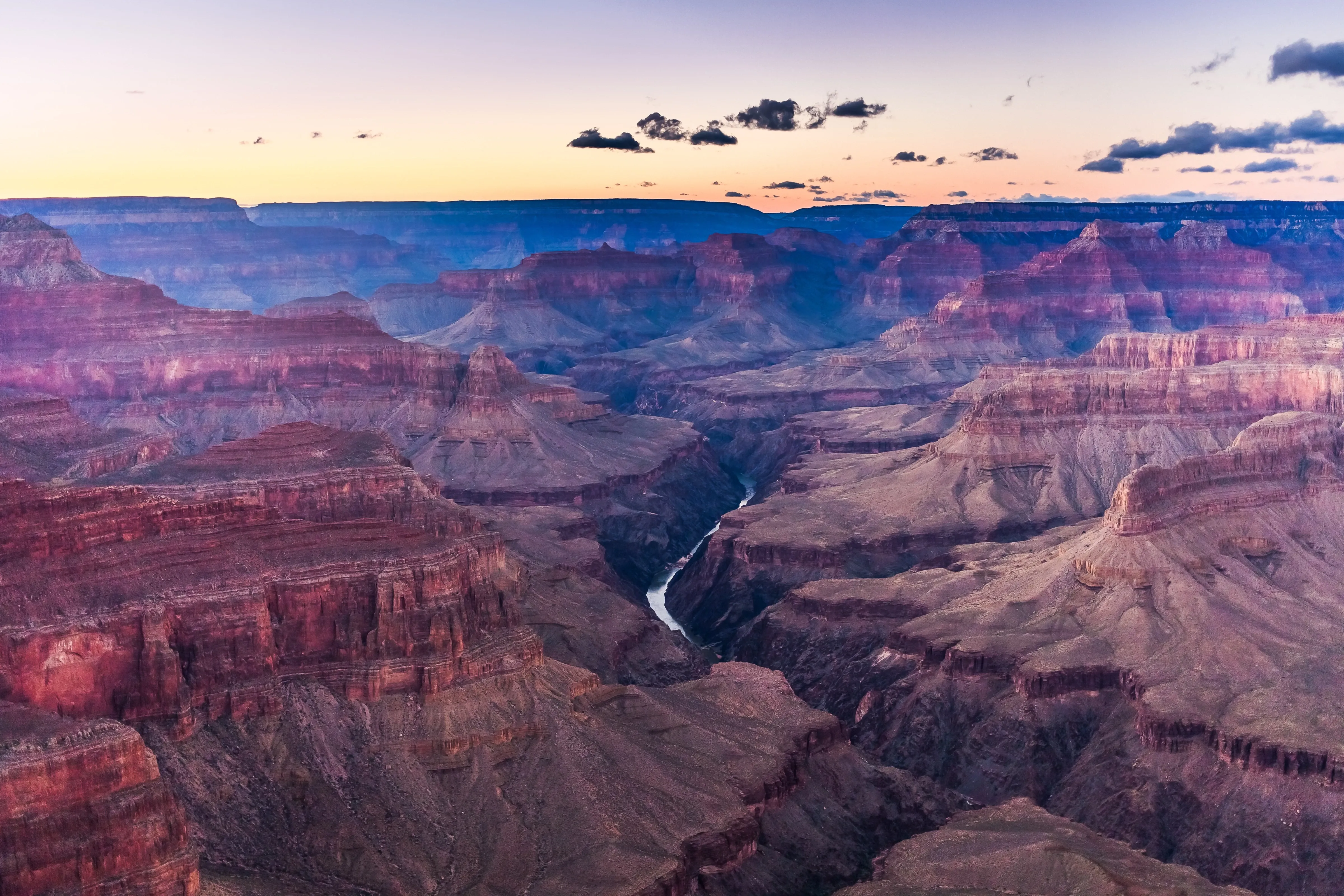
Travelling in North America – Pure nature meets untouched wilderness
Icy mountain ranges and glaciers traverse the far north, gradually giving way to endless forests and clear lakes, while lonely, sprawling prairies dominate the Midwest, and the southern part fascinates with dusty deserts and fiery temperatures. Picturesque coastal stretches on the Pacific and Atlantic, dream beaches in the Caribbean, Hawaii, and California, impressive rock formations like the Rocky Mountains and the Grand Canyon, Yosemite National Park, the Appalachians, or the dusty Mojave Desert – the list of impressive natural landscapes is almost endless.
A multitude of animals inhabit North America's contrasting landscapes, between freezing cold and sweltering heat. Bison, wild horses, wapiti, moose, bighorn sheep, wolves, coyotes, brown, black, and grizzly bears, pumas, countless birds, and many other animals find refuge in the sometimes-uninhabited expanses.
On nature trips of various kinds, from round trips to adventure trips, each region of North America can be explored up close with all its diversity.
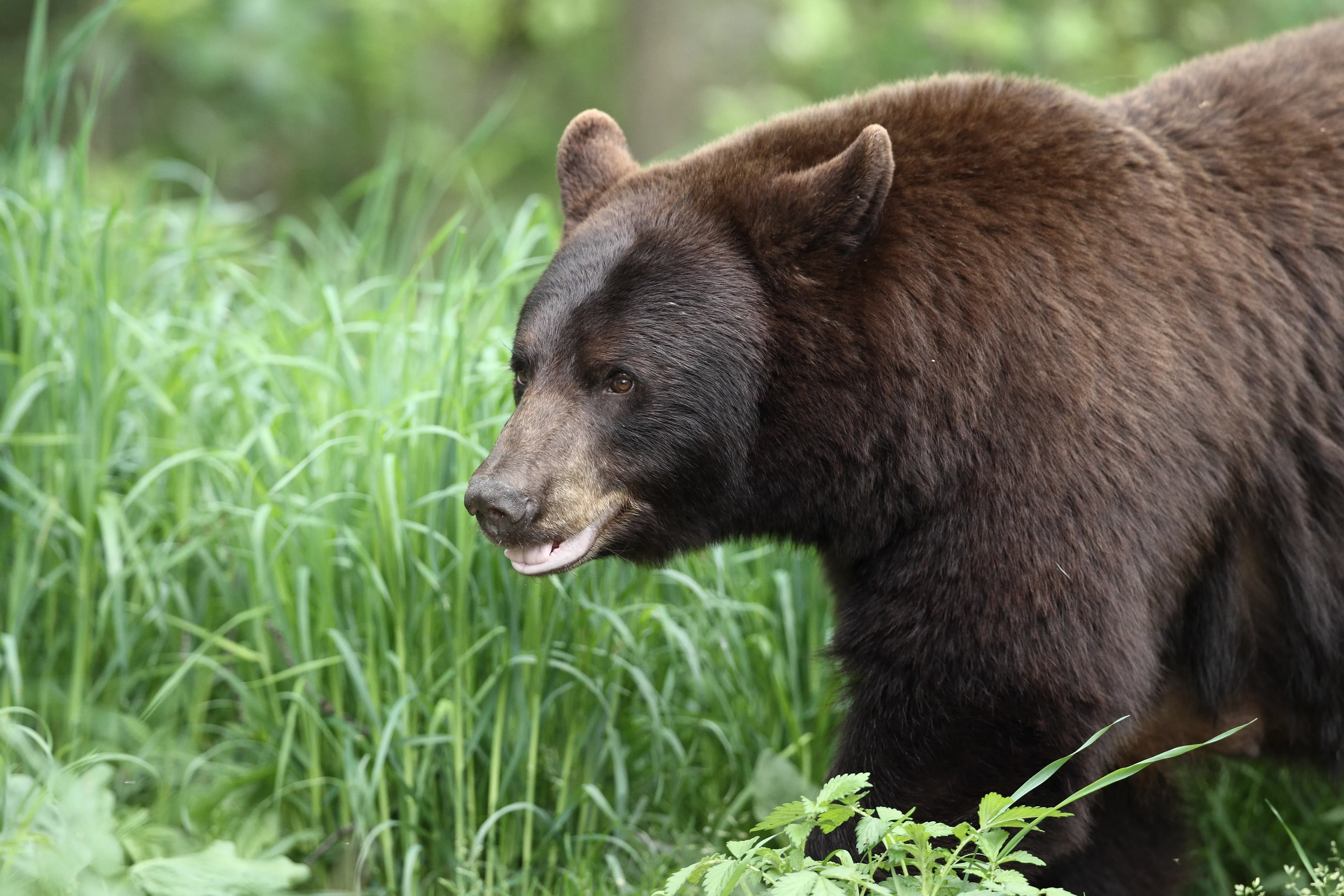
Nature Travel in North America – Outdoor adventures
Experiencing and discovering nature in North America –outdoor fans will find a wide range of options. Those who wish to travel as part of a group and under the guidance of experienced guides will find what they are looking for, as will those who prefer to immerse themselves in the flora and fauna of the North American continent undisturbed on a private trip.
The focus of a nature trip in North America can also vary greatly, depending on the region and the type of travel. From hiking, trekking, and cycling trips to safaris, family, or rental car trips, from British Columbia to the national parks of the USA to the Caribbean – nature trips in North America have many faces. On round trips through North America, you can cover large parts of a country or combine several countries at once.
»In every walk with nature, one receives far more than he seeks.«
Experience North America – Frequently Asked Questions
Where can I go on a nature trip in North America?
Nature trips in North America are offered in almost every part of the continent. North America includes Greenland, Canada, the United States, Mexico, Belize, Costa Rica, El Salvador, Guatemala, Honduras, Nicaragua, as well as numerous Caribbean islands, island parts, and island states such as Cuba, Barbados, the Bahamas, Puerto Rico, or the US Virgin Islands. Nature trips are practically possible everywhere. The tours offered can focus on specific regions such as a particular mountain range, a national park, or an island, or include a (cross-country) round trip.
When should I go on a nature trip in North America?
Planning a nature trip in North America, depends on several factors such as the season, and specific interests such as wildlife viewing, hiking, or skiing. For the United States and Canada, spring (March-May) is an excellent time to visit national parks like the Grand Canyon and Yosemite due to mild temperatures and blooming wildflowers, and it's also prime for bird watching during migration.
Summer (June-August) is ideal for exploring Alaska and northern Canada, benefiting from warmer temperatures and long daylight hours, at the same time, mountain hiking is best in ranges like the Rockies and Sierra Nevada, and coastal regions like California and the Great Lakes are popular beach destinations.
Fall (September-November) is perfect for experiencing fall foliage in New England and the Appalachian Mountains, offering stunning autumn colors and milder weather suitable for hiking and camping.

Winter (December-February) caters to skiing and snowboarding enthusiasts in the Rockies and Canadian ranges like Whistler and Banff, and it's also the prime time to view the Northern Lights in regions like Alaska and Yukon.
Greenland is best visited in the summer (June-August) when temperatures are milder. It is ideal for hiking, exploring fjords, and witnessing the midnight sun, along with opportunities to see Arctic wildlife like whales and seabirds. Winter (December-February) in Greenland is the best time to view the Northern Lights and enjoy winter activities such as snowshoeing and dog sledding.
In Central America, the dry season from December to April is the best time to visit Costa Rica for its rainforests, volcanoes, and beaches, as well as Belize and Guatemala for exploring Mayan ruins and diving spots. The wet season (May-November) offers lush rainforest experiences with fewer crowds, though travelers should be prepared for frequent rains and potential hurricanes.
Which national parks can I visit on a nature trip through North America?
North America is home to an incredible array of national parks, each offering unique landscapes and experiences for nature enthusiasts.
Yellowstone National Park, spanning Wyoming, Montana, and Idaho, is renowned for its geothermal features like Old Faithful and diverse wildlife. Yosemite National Park in California attracts visitors with its iconic granite cliffs, such as El Capitan and Half Dome, alongside its magnificent waterfalls and giant sequoias. The Grand Canyon in Arizona is famous for its immense red rock formations, breathtaking views, and thrilling rafting opportunities on the Colorado River.
Everglades National Park in Florida features vast wetlands with diverse wildlife, including alligators and manatees, ideal for boating and wildlife viewing. In Canada, Banff National Park in Alberta is celebrated for its turquoise lakes and majestic mountains, while Jasper National Park offers rugged beauty with glaciers and hot springs.

Central America also offers incredible parks, such as Copper Canyon in Mexico, known for its dramatic views and cultural history, and Manuel Antonio National Park in Costa Rica, famous for its beautiful beaches and lush rainforests.
The Caribbean adds to the diversity with El Yunque National Forest in Puerto Rico, the only tropical rainforest in the U.S. National Forest System, and Jamaica’s Blue and John Crow Mountains National Park, offering lush forests and coffee plantations.
These parks across North America, Central America, and the Caribbean provide a wide range of breathtaking natural experiences, making them essential destinations for any nature trip.
How much time should I plan for a nature trip in North America?
The amount of time you should plan for a nature trip in North America varies based on your interests, the number of parks you wish to visit, and the activities you want to engage in. The duration of nature trips in North America can vary widely, ranging from one or two weeks to several months.
If you plan a short trip of 1-2 weeks, it is highly recommended to shift the focus on only two to four places to visit to enrich your experience rather than rushing from one place to an other and getting an overload of experiences feeling you overwhelmed. On a extended trip of several weeks you can include multiple states or even across country borders and dive into the fascinating biodiversity and nature wonders of North America.

For a more extensive experience, a long trip of 1-2 months covers multiple regions, allowing for in-depth exploration of several parks, multi-day hikes, and adventure activities like rafting. An extended trip of 3-6 months provides the opportunity to explore the entire continent, from the Arctic tundra in Alaska to the tropical rainforests in Central America, engaging in a variety of activities and thoroughly appreciating the diverse natural beauty of North America.
For an intensive travel experience but also for environmental reasons, longer stays, during which you move around the area as environmentally friendly as possible, are generally more recommendable than trips lasting only a few days.
If you are planning a longer stay in North America's nature, you should check the entry requirements in advance. For travellers from many nations who do not want to stay in the USA for more than 90 days, visa-free entry is possible through the so-called Visa Waiver Program (“ESTA”). For stays exceeding 90 days, however, a visa must be applied for in advance at a US embassy. Similar regulations apply to Canada and the Central America countries. Travel providers or the Foreign Office provide further information on this.
Four reasons to start planning your nature trip in North America
- Diverse landscapes: North America features an extraordinary variety of landscapes, from the geothermal wonders of Yellowstone and the towering granite cliffs of Yosemite to the expansive deserts of the Grand Canyon and the lush rainforests of Costa Rica. This diversity allows you to experience a wide range of natural environments within a single continent.
- Rich biodiversity: The continent is home to a vast array of wildlife, including iconic species such as grizzly bears, bald eagles, and mountain lions in the U.S. and Canada, as well as unique tropical species like the resplendent quetzal and sea turtles in Central America. This biodiversity makes it an excellent destination for wildlife enthusiasts and birdwatchers.
- Unique ecosystems: From the wetlands of the Everglades to the alpine meadows of the Canadian Rockies, North America boasts a variety of unique ecosystems. Exploring these areas offers opportunities to understand and appreciate the complex interactions of flora and fauna in their natural habitats.
- Adventure and recreation: The continent provides countless opportunities for outdoor activities and adventure. Whether you're interested in hiking, skiing, kayaking, or wildlife safaris, North America's national parks and natural areas offer thrilling experiences and scenic beauty for all levels of adventurers.
Sign up for the newsletter
By clicking on “Subscribe now” I will subscribe to the Conscious Explorer newsletter with all the information about mindful travel. Information on the success measurement included in the consent, the use of the shipping service provider MailChimp, logging of the registration and your rights of revocation can be found in our privacy policy.
